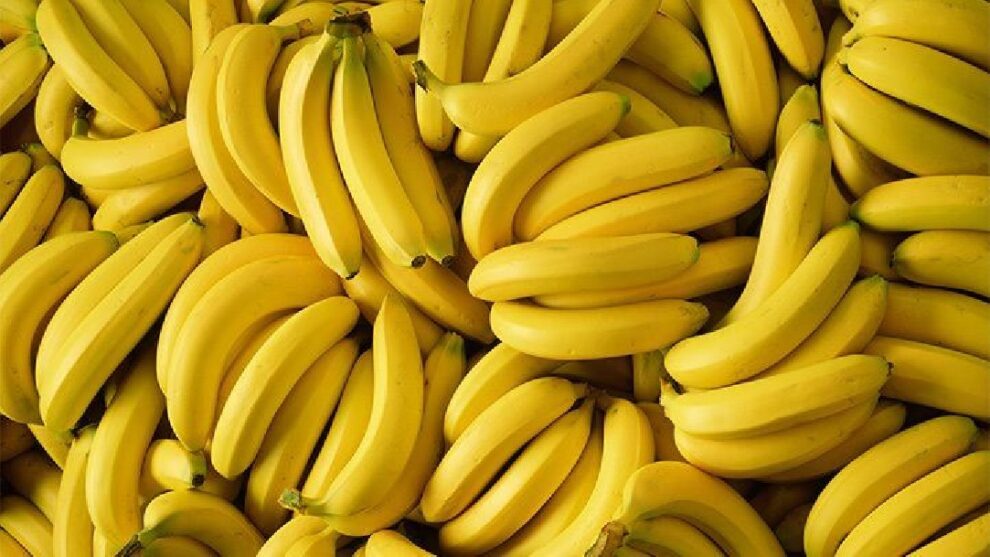A devastating banana disease has spread further in Queensland, with the industry confirming the eighth case of Panama tropical race 4 (TR4).
The fungal disease starves banana trees of nutrients, eventually killing the plant.
There is currently no treatment or cure and, because the disease lives in soil, infected areas can no longer grow most banana types including the popular cavendish variety.
The latest positive Panama TR4 test result came from a commercial plantation in the Tully Valley last month.
Australian Banana Growers Council chair and Tully grower Leon Collins said the fungal disease spread was sad but not surprising.
“It is next to an infected property,” he said.
“[Panama TR4 is] gradually on its move down the river.
“It’s amazing that we’ve slowed it up so much, to tell you the truth.”
However, Mr Collins said the current prevention measures including on-farm biosecurity were slowing the spread of the disease.
“There’s no doubt it has been working,” he said.
“It’s a credit to all the growers that they have been doing what they have done.
“To be living by that was a big change for us to start off with but we’re all used to it now.
“Everywhere else overseas it’s taken off like a Bondi tram but here’s we’ve reduced it to a slow trickle which is very good news.”
Mr Collins said banana trees on the infected property would need to be destroyed but otherwise the region’s growers would continue “business as usual”.
“It’s not a lot of trees [being removed] but then the monitoring will ramp up and that’s what will decide what happens later on,” he said.
“It’s sad for all growers but this thing is not going away, and we have to manage it.”
Other bananas could be solution
Bettering the gold finger banana variety could provide growers with another tool to fight against Panama TR4.
A Queensland Department of Agriculture and Fisheries-led study is trialling more palatable type of the gold finger banana variety, which has some resistance to the disease.
Research horticulturalist Katy Robertson was interviewed by the ABC at a conference in Cairns last month and said gold finger had never become popular in Australia.
“The fruit is lacking a bit of flavour, it’s a little bit soft, it has a short shelf life,” she said.
She said the study at DAF’S South Johnstone site in far north Queensland was looking to improve the variety for consumers.
“So retaining the TR4 resistance but improving its eating characteristics,” she said.
“It’s probably not something that will replace Cavendish but [could] just be another option for growers as the disease potentially spreads further.”
Source : ABC





































